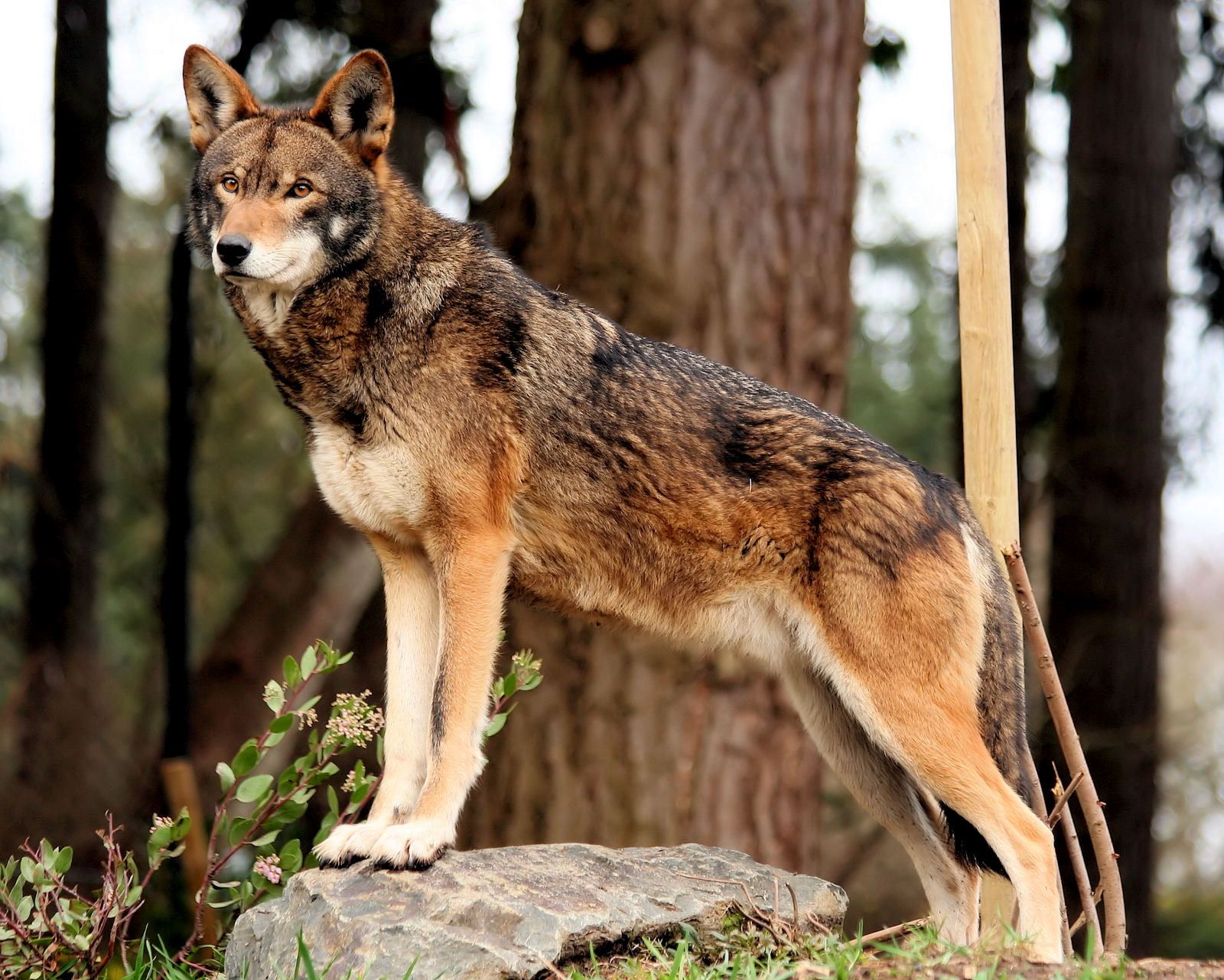
How to be safe from “Coronavirus”



Coronavirus is also known as covid 19, china virus
1 to be safe from coronavirus you should follow this :
#Wear mask while going outside.
#Do not go any international states .
#While sneezing cover your nose and mouth with kerchief.
#Do not go to any shop unnecessarily.
#Always drink hot water hot milk and Eat vegetables and fruits.
#Eat breakfast,lunch and dinner at time.
#Sleep in time .
Blog By A S Sai Bhargav

1: Rolls Royce
Rolls-Royce was British luxury car and was found by Charles Rolls and Henry Royce. It is special because of its hand made high quality interior manufactured in Germany and used by top businessmen around the world and converted into a dream brand for people with best possible materials used compared to any automotive brand. Rolls Royce is owned subsidiary by of German group BMW, it was established in 1998 after BMW was licensed the rights to the Rolls Royce brand name and logo from Rolls Royce plc.
2: Lamborghini
Automobile Lamborghini is an Italian brand and manufacturer of luxury sports cars and SUVs based. The company is owned by Volkswagen group. Ferruccio Lamborghini, an Italian manufacturing magnate, founded Ferruccio Lamborghini in 1963 to compete with established marques, including Ferrari. The company was noted for using rear-mid engine and rear-wheel drive. Lamborghini currently produces the V12- powered Aventador and the V10-powered Huracan , along with the Urus SUV powered by a twin turbo V8 engine
by A.V. Sai Harish


The red wolf (Canis lupus rufus[7][8] or Canis rufus[2][5]) is a canine native to the southeastern United States which has a reddish-tawny color to its fur. Morphologically it is intermediate between the coyote and gray wolf, and is very closely related to the eastern wolf of eastern Canada.
The red wolf’s proper taxonomic classification — in essence, whether it is an admixture of wolf and coyote or a third, distinct species — has been contentious for well over a century and is still under debate. Because of this, it is sometimes excluded from endangered species lists despite its critically low numbers.[9][10] Under the Endangered Species Act of 1973, the U.S. Fish and Wildlife Service currently recognizes the red wolf as an endangered species and grants protected status.[11] Canis rufus is not listed in the CITES Appendices of endangered species.
History through the Red Wolf ‘s eyes
Since 1996 the IUCN has listed it as a critically endangered species.[2History
Red wolves were originally distributed throughout the southeastern and south-central United States from the Atlantic Ocean to central Texas, southeastern Oklahoma and southwestern Illinois in the west, and in the north from the Ohio River Valley, northern Pennsylvania and southern New York south to the Gulf of Mexico.[12] The red wolf was nearly driven to extinction by the mid-1900s due to aggressive predator-control programs, habitat destruction, and extensive hybridization with coyotes. By the late 1960s, it occurred in small numbers in the Gulf Coast of western Louisiana and eastern Texas.
Fossil Evidence
The paleontologist Ronald M. Nowak notes that the oldest fossil remains of the red wolf are 10,000 years old and were found in Florida near Melbourne, Brevard County, Withlacoochee River, Citrus County, and Devil’s Den Cave, Levy County. He notes that there are only a few, but questionable, fossil remains of the gray wolf found in the southeastern states. He proposes that following the extinction of the dire wolf, the coyote appears to have been displaced from the southeastern US by the red wolf until the last century, when the extirpation of wolves allowed the coyote to expand its range. He also proposes that the ancestor of all North American and Eurasian wolves was C. mosbachensis, which lived in the Middle Pleistocene 700,000–300,000 years ago.[1]
C. mosbachensis was a wolf that once lived across Eurasia before going extinct. It was smaller than most North American wolf populations and smaller than C. rufus, and has been described as being similar in size to the small Indian wolf, Canis lupus pallipes. He further proposes that C. mosbachensis invaded North America where it became isolated by the later glaciation and there gave rise to C. rufus. In Eurasia, C. mosbachensis evolved into C. lupus, which later invaded North America.[17]:242
The paleontologist and expert on the genus Canis’ natural history, Xiaoming Wang, looked at red wolf fossil material but could not state if it was, or was not, a separate species. He said that Nowak had put together more morphometric data on red wolves than anybody else, but Nowak’s statistical analysis of the data revealed a red wolf that is difficult to deal with. Wang proposes that studies of ancient DNA taken from fossils might help settle the debate.
DNA Studies
Different DNA studies may give conflicting results because of the specimens selected, the technology used, and the assumptions made by the researchers.[36][a]
Phylogenetic trees compiled using different genetic markers have given conflicting results on the relationship between the wolf, dog and coyote. One study based on SNPs[38] (a single mutation), and another based on nuclear gene sequences[39] (taken from the cell nucleus), showed dogs clustering with coyotes and separate from wolves. Another study based on SNPS showed wolves clustering with coyotes and separate from dogs.[40] Other studies based on a number of markers show the more widely accepted result of wolves clustering with dogs separate from coyotes.[41][42] These results demonstrate that caution is needed when interpreting the results provided by genetic markers.